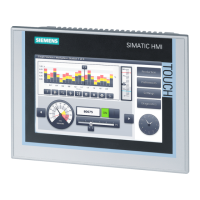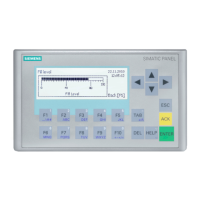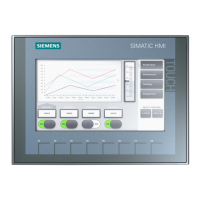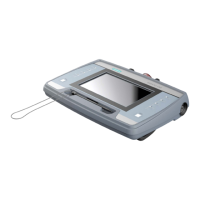Fail-safe operation of KP8F and KP32F
7.2 Passivate HMI device
KP8, KP8F, KP32F
96 Operating Instructions, 11/2011, A5E03284305-02
Responses to faults in the system
In the case of a failure,the F channels of the HMI device are passivated. This means "0" will
be recognized at all fail-safe digital inputs.
The system must be configured so that the required safe operating mode can occur. Which
measures must be implemented for failure analysis and repairs must be provided by the
user.
Note
The HMI device may first be integrated into the control process after the causes for the
failure have been repaired.
After integration, the process values for the digital fail-safe inputs are available again.
7.2 Passivate HMI device
As soon as the HMI device recognizes a fault in fail-safe mode, all fail-safe channels are
switched to the safe operating state. Through this, the fail-safe channels of this HMI device
are passivated.
Note
If the HMI device is passivated, instead of the queued process values, the fail-safe value "0"
is always assigned to all the fail-safe digital inputs. You cannot assign parameters for the
fail-safe value.
Detected faults are entered in the diagnostic buffer of the fail-safe controller and reported to
the safety program in the fail-safe controller.
The HMI device cannot permanently save the fault. When you switch off the HMI device and
switch it on again, only one of the existing faults will continue to be detected after startup. If
you want to save the faults, program your safety program accordingly.
The HMI device is passivated in the following situations:
● After turning on the HMI device
● With a setting error
Errors in the PROFIsafe parameters, for example "F_WD_TIME" (F_monitoring time) too
short.
● When an error occurs in the PROFIsafe communication between the fail-safe controller
and HMI device
● With a hardware error
Error, for example, through wire break, short-circuit, discrepancy errors, internal errors of
the HMI device.

